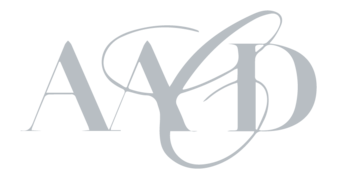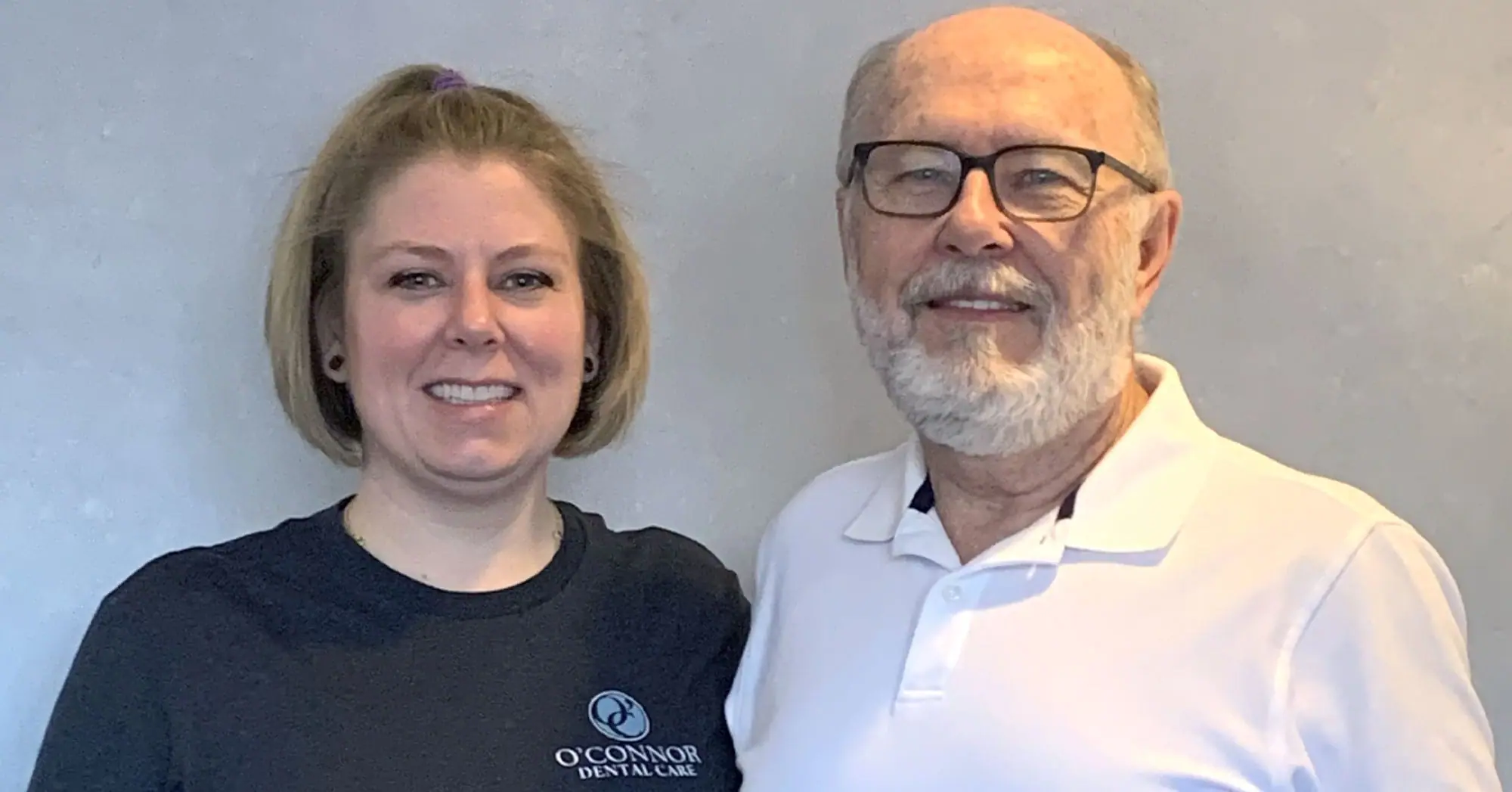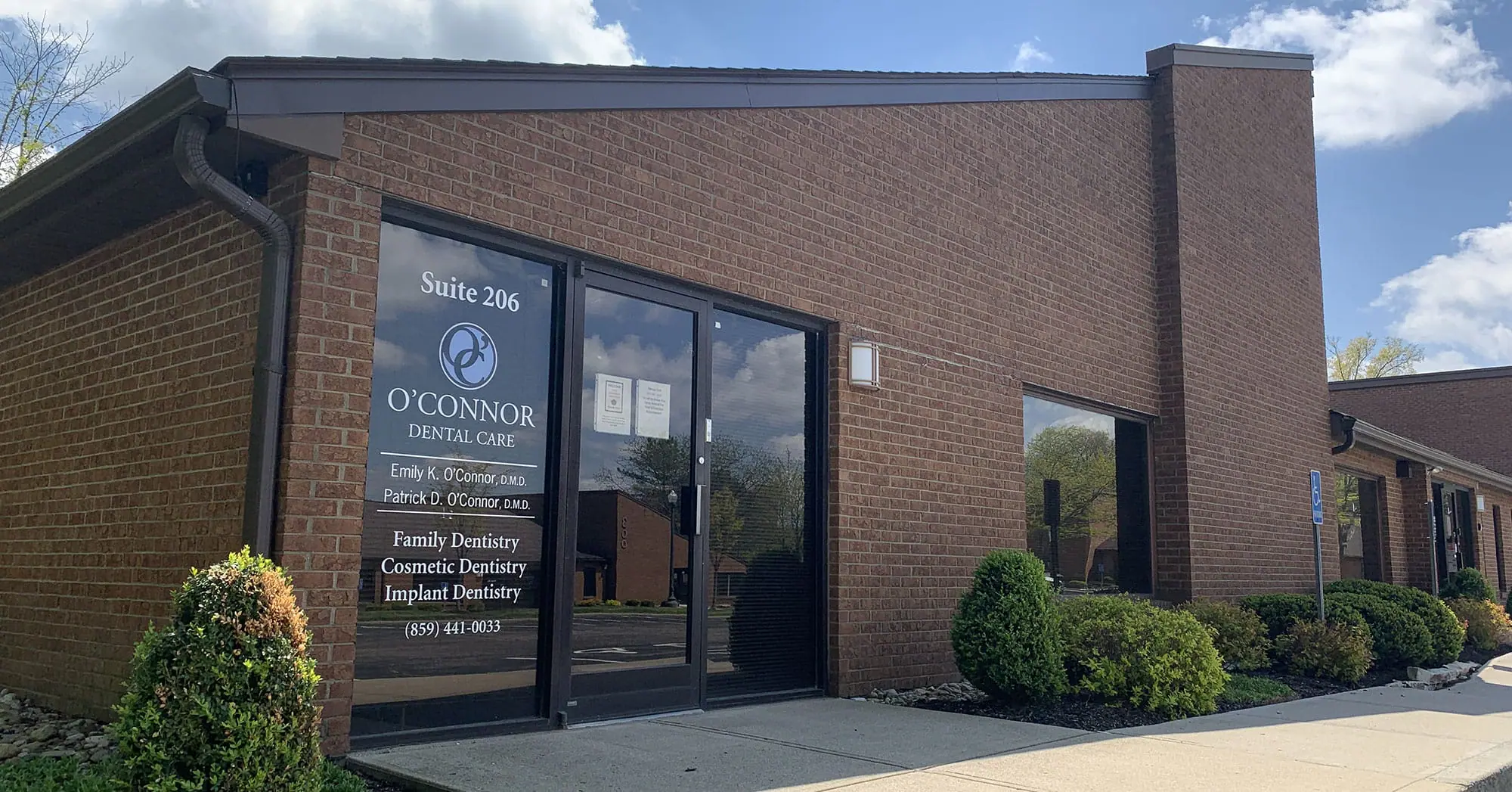Sterilization in a Dental Office
Keeping a dental office clean is a serious part of the dental business. By keeping our spaces and equipment sterile, we ensure that we are achieving our main goal: keeping our clients safe and healthy.
Dental sterilization is as much a part of our job in the dental industry as teeth cleanings. We follow all recommendations from the Centers for Disease Control and Prevention (CDC) and the American Dental Association (ADA) and the Occupational Safety and Health Administration (OHSA), to clean and sterilize dental tools, equipment, and furnishings. Doing so keeps our spaces sterile, eliminating the spread of germs and potentially harmful bacteria and viruses.
Read on to learn more about the steps we take to keep you, our employees, and any visitors to our dental office safe.
How do you maintain infection control in a dental office?
Infection control allows us to prevent the spread of harmful illnesses while still maintaining a useful practice. There are several steps we follow to eliminate the spread of infectious diseases in our dental office.
These dental sterilization processes include:
- Critical dental tool sterilization on any tool that is going into your mouth. This includes dental instruments and handpieces. These tools are thoroughly sterilized or thrown away after each use. We routinely use dental autoclave sterilizers, which employ a pressurized steam process to heat tools to a temperature that kills germs.
- Noncritical contact surfaces: which include countertops, switches, and other uncovered operatory surfaces. After each use, these contact surfaces are thoroughly cleaned and sterilized with hospital-grade disinfectants.
- Noncritical contact surfaces that are covered: these are frequently touched surfaces, often contacted with gloved hands, such as disposable dental chair coverings (where applicable). These items are changed out after each patient is seen.
- Everyone in the office is wearing personal protective equipment (PPE). The doctors, assistants, and hygienists all wear gloves, loupes/safety glasses, full length lab coats, masks, face shields, and hair protectants. Our front desk wears masks only.
Before and after each client, and more often when necessary, our dental practitioners use disinfectant hand soap.
This management outline was created by the CDC and is our guiding principle for infection control in dentistry. Whenever these CDC dental infection control policies change, so do our policies, so that we are following the latest in scientific developments.
What is the precise process for sterilization of dental instruments in your office?
We take the process of sterilizing our dental equipment very seriously. Our three-step process is informed by ADA guidelines, using tools that meet FDA clearance.
These steps are as follows:
- Intraoral tools and handpieces that can be removed, airlines and waterlines of dental machines must be cleaned and heat sterilized.
- Tools that do not attach to water lines or airlines must be cleaned and sterilized per their manufacturer’s guidelines for reprocessing.
- Devices that are not FDA approved and cannot be heat sterilized are not used. Anything that cannot be heat sterilized is placed in our cold sterilant for 18-24 hours.
We update these procedures as needed to reflect changing data based on evolving scientific knowledge, as advised by the ADA. Being able to respond to ever-changing guidelines and adapt our policies where necessary prevents the spread of new and emerging diseases while keeping us all healthy.
Closing remarks on dental office sterilization and dental tool sterilization
Thoroughly cleaning and sanitizing tools, equipment, and office furnishings protect our clients, as well as our coworkers and any visitors to our office, from bacterial and viral infections. It is something we take very seriously and hope this guide has helped you to understand our policies and procedures.
We follow all guidelines set out by the CDC, ADA, and OHSA and will continue to update our procedures as new scientific information emerges.
We want you to feel comfortable and safe when coming into our office for your dental appointments.





